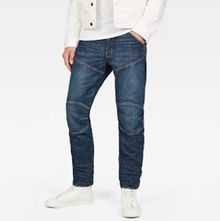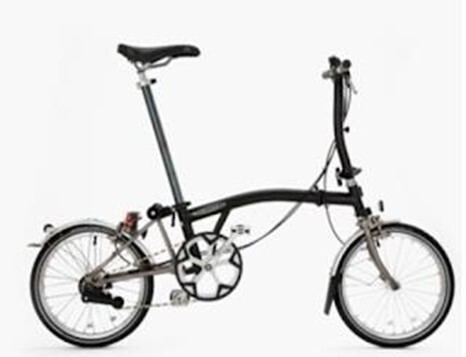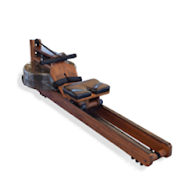The Overlap Between Designs and Copyright under the New EU Design Reform

The imminent reform of EU design laws brings sharply into focus the interplay between design rights and copyright. Can, and should both forms of IP protection arise at the same time? Can both protect functional items? Read our full analysis.
Our recent article reported on the upcoming changes to registered community designs under the revised Design Regulation 2024/2822 and the revised Design Directive 2024/2823. The new legislation also brings into focus the intricate relationship between design rights and copyright. We consider the current overlap between these important forms of IP protection in the EU. We also highlight the changes which will arise as a result of the imminent reforms.
Current overlap
In the case of Infopaq[1] C-5/08, the Court of Justice of the European Union (CJEU) harmonised the key requirement for protection under copyright as being that of originality or the “author’s own intellectual creation.” In the later case of Cofemel[2], C-683/17 , the CJEU extended this requirement to designs. It held that originality is the sole requirement for protection of designs under copyright law. The CJEU noted that it is for national courts to identify what makes a work original. However, decision choices based purely on function do not make a work original. The Cofemel case involved clothing.

Regarding the overlap of the two types of IP protection, the CJEU in Cofemel held that the subject matter which is protected under design law can simultaneously be protected as a work under copyright law. However, this applies only if the design is the expression of the author’s own intellectual creation. At the same time, “concurrent protection can be envisaged only in certain situations” as cumulation of protection “must not have the consequence that the respective objectives and effectiveness of those two forms of protection are undermined.”
This distinction is significant given that design protection lasts for 25 years but copyright lasts for 70 years after the death of the author. There have been a number of cases confirming copyright protection for functional items, for example the Brompton bicycle in the UK, depicted below and discussed in our previous article.

However, recent cases show the limits of copyright protection. In a November 2024 decision, the UK High Court ruled that the rowing machine depicted below does not meet the criteria for copyright protection in the UK.

Reform
Whilst the current position is that it is up to national courts to decide whether the same work is capable of both copyright protection and design protection, the new legislation strengthens this possibility. Article 23 of the revised Design Directive provides that:
“A design protected by a design right registered in or in respect of a Member State in accordance with this Directive shall also be eligible for protection by copyright as from the date on which the design was created or fixed in any form provided that the requirements of copyright law are met.”
In summary, the new reform makes it clear that the conditions for copyright protection of designs will no longer be at the discretion of national courts. Instead, the same rules will apply uniformly across the EU. From an Irish law perspective, an exception under section 78B of the Copyright and Related Rights Act 2000, as amended, was recently removed. This exception had extended copyright protection to non-artistic works. Its removal now allows for greater interaction between design and copyright protection.
What does this mean?
The key takeaway is that for many more goods and products, if they meet the originality test, copyright and design protection will both apply in a uniform manner in the EU going forward. The new proposals also broaden the definition of design to include:
- Digital goods, and
- Movement, transition and any other sort of animation.
This effectively means that design protection and copyright protection can subsist in all visible items, including works of fine art for example, and graphical works. The changes will be welcomed by brand owners who will be able to rely on an arsenal of IP rights to protect a broader range of products and designs, where previously that may not have been possible.
If you are interested in discussing any of the issues raised in this article, please contact a member of our Intellectual Property team.
People also ask
Can design rights be registered? |
Yes, design rights can be both registered and unregistered in the EU. |
Can copyright be registered? |
In certain territories this is possible such as the US and China. In Ireland and the EU however, copyright subsists automatically on creation. |
What is the benefit of registering design rights? |
Registering your design gives you the exclusive right to make and market the products that make your business distinctive. |
The content of this article is provided for information purposes only and does not constitute legal or other advice.
[1] C-5/08
[2] C-683/17
Share this:

Gerard Kelly SC
Partner, Head of Intellectual Property Law, Co-Head of Dispute Resolution
+353 86 820 8066 gkelly@mhc.ie



